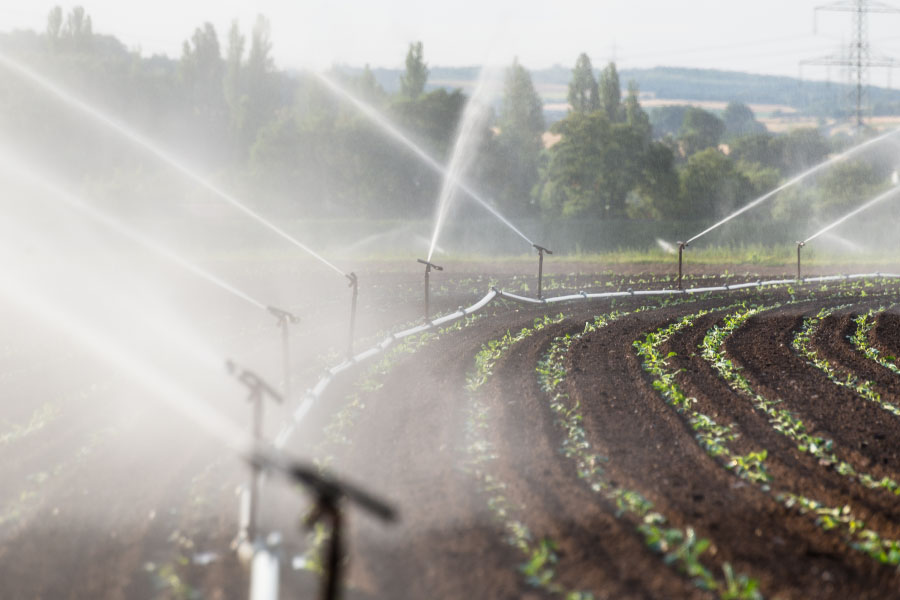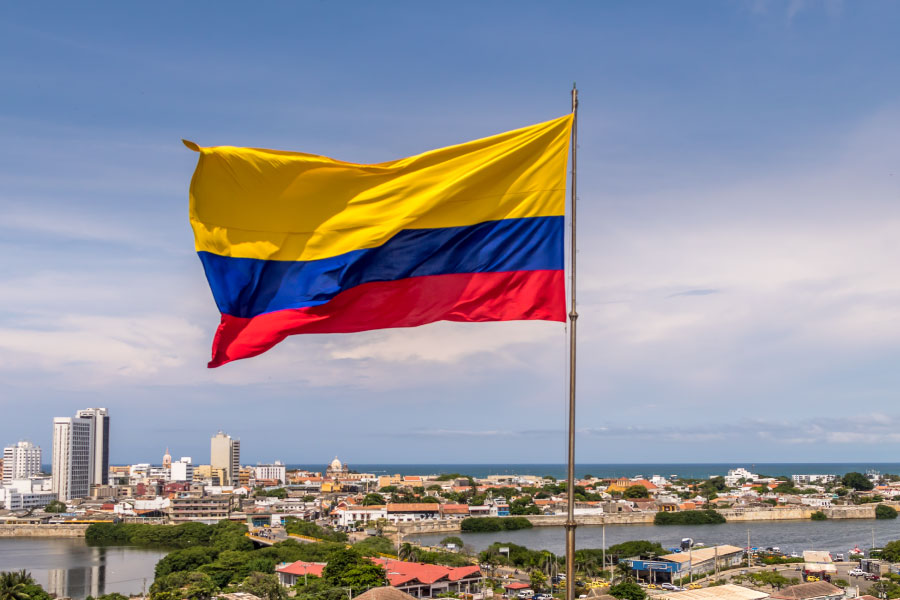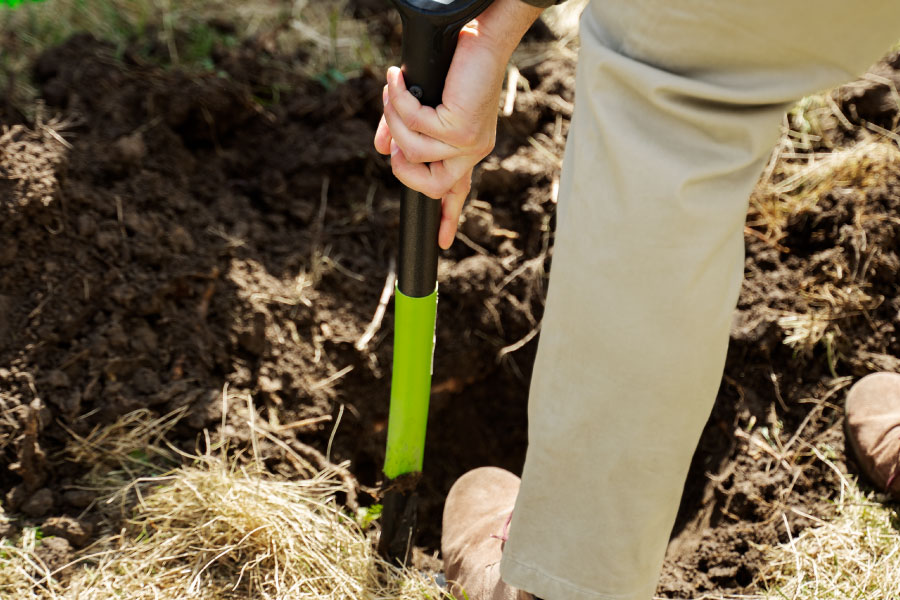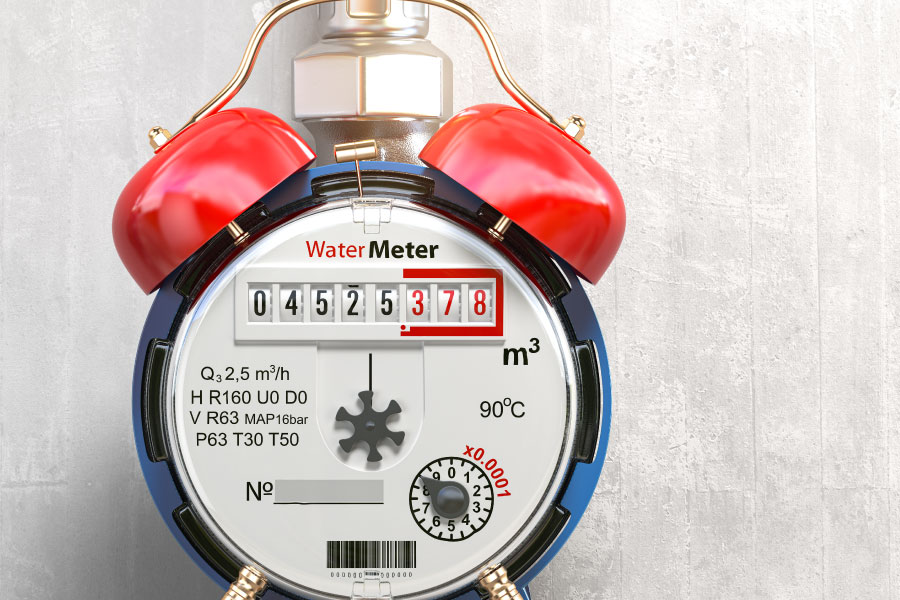
Top 5 Countries with Less Rainfall in the World

Hello, my friend
Would you like to know your daily water consumption? Click here:
These countries have low rainfall
Water is a vital resource for life, but its distribution on the planet is not uniform, which means that it rains more in some regions of the planet and less in others. In those countries of the world that have extreme aridity, has forced people to develop innovative strategies to secure a safe water supply to live there, to secure a safe water supply and to be able to live there.
In this article, we will explore five of the driest countries in the world, analyze the causes of their extreme aridity, and share the solutions they have implemented to they have implemented to provide water to their populations.

1. Egypt
With 51 millimeters of precipitation annually, Egypt is one of the driest countries in the world. Most of Egypt’s territory is covered by the Sahara Desert, one of the driest places in the world, and that makes annual rainfall on average low, especially in the interior of the country, where it can be less than 20 mm.
The reason why it hardly rains in Egypt is because of the high atmospheric pressure and the influence of dry air currents.
What is Egypt doing to combat water scarcity?
- Development of the Nile River: The Nile is the longest river in the world and is the main source of fresh water for Egypt. For years, Egypt has invested in the construction of dams and reservoirs to store and regulate the flow of the river, thus providing water for irrigation, human consumption and industry.
- Water Desalination Plants: Egypt has invested in desalination of seawater to convert it into drinking water.
- Efficient irrigation technologies: Drip irrigation is a technology that is gaining momentum to reduce water wastage. This has enabled Egypt to save water when growing crops.
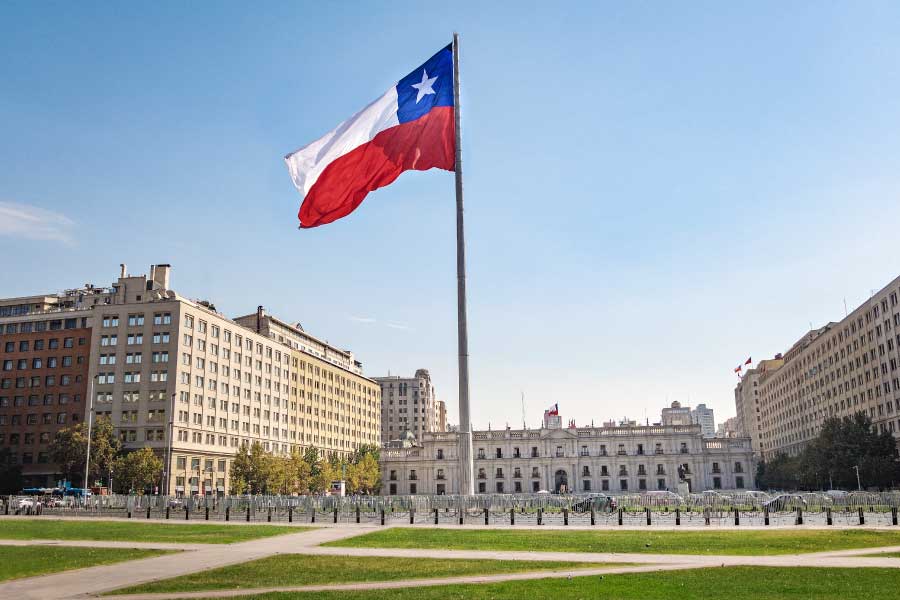
2. Chile
Although Chile has a great diversity of landscapes, due to its location close to the Andes Mountains all the way to the Pacific coast, it also has the driest place in the world. The Atacama Desert, located in northern Chile, is considered the driest place on the planet. The average annual rainfall in some areas of the Atacama is less than 100 millimeters. This aridity of the Atacama Desert is due to factors such as:
- Humboldt Current: This cold current that flows along the west coast of South America generates an anticyclonic effect that reduces precipitation in the area.
- Andes Mountains: The Andes Mountains act as a natural barrier that prevents the humidity coming from the Atlantic Ocean to the interior of the country.
- Altitude: The Atacama Desert is at high altitude, which increases aridity due to low temperatures and lower atmospheric pressure.
What is Chile doing to combat water scarcity?
- Groundwater extraction: Groundwater aquifers is one of the major sources of drinking water for Chile.
- Water Desalination Plants: Chile has invested in the construction of seawater desalination plants in coastal areas.
- Water collection through fog: They trap moisture from coastal fog using special nets, taking advantage of the high frequency of fog known as “camanchaca”.
- Wastewater reuse: Chile has wastewater treatment plants for reuse for non-potable uses.
- Water transfer pipeline network: Channels and pipelines have been constructed to transfer water from areas with greater availability to drier areas.
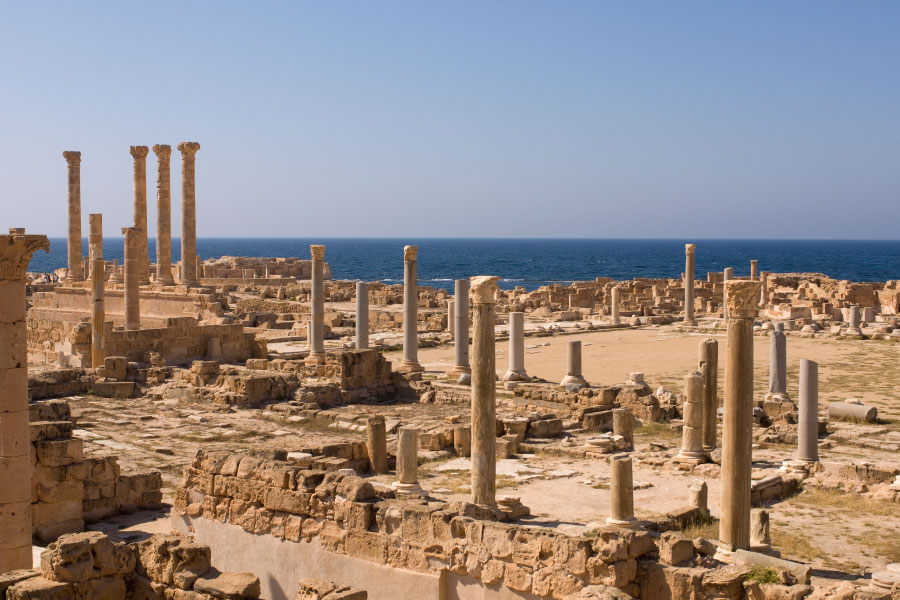
3. Libya
Located in North Africa, Libya is home to a large part of the Sahara desert and therefore receives very little annual rainfall, which averages less than 50 mm. This aridity is caused by the persistence of high pressure and dry air currents coming from the interior of the African continent. The strong droughts in Libya are due to factors such as:
- Low vegetation: Low vegetation cover limits evapotranspiration, which in turn reduces cloud formation and rainfall potential.
- Influence of marine currents: The cold Canary current and the warm Bengal current prevent the arrival of humidity from the Atlantic Ocean and the Mediterranean.
What is Libya doing to combat water scarcity?
- Creation of an artificial river: An ambitious engineering project made them choose to extract water from deep aquifers located in the south of the country, which they transported through a network of pipes to the most populated areas in the north.
- Desalination and wastewater treatment: Libya has been investing in seawater desalination plants for years and has also opted for wastewater treatment.
YOU MAY BE INTERESTED IN: The 5 countries with the largest freshwater reserves in the world.
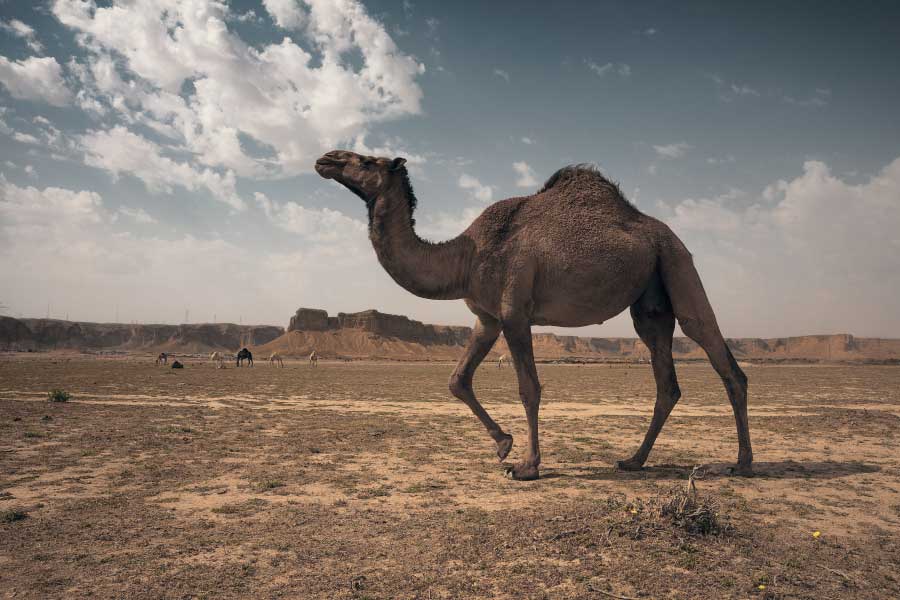
4. Saudi Arabia
Most of the territory of Saudi Arabia is desert, which means that the average annual rainfall is less than 100 mm. The driest areas of the country, such as the Rub’ al Khali, the largest desert in the world, are areas where there is high atmospheric pressure and low humidity.
What is Saudi Arabia doing to combat water scarcity?
- Seawater desalination: Saudi Arabia is one of the countries with the largest investment in seawater desalination plants.
- Groundwater extraction: Groundwater from deep aquifers is a great source of drinking water for Saudi Arabia, that said, water extraction must be measured to avoid depletion.
- Wastewater reuse: It makes considerable use of wastewater treatment and reuse for agricultural and municipal uses.

5. Jordan
Jordan, being located in the Middle East, has a highly arid and semi-arid climate, making it one of the most water-scarce countries in the world, with average annual rainfall varying between 50 and 300 mm. Its lack of rainfall is due to the influence of the Sahara subtropical anticyclone. To this we have to add the presence of the Arabian mountain range, which acts as a barrier for the humidity coming from the Mediterranean Sea.
What is Jordan doing to combat water scarcity?
- Surface water storage: Jordan has invested in dams and reservoirs to store and regulate the flow of rivers and temporary streams, allowing their use for irrigation, human consumption and industry.
- Rainwater harvesting: Despite Jordan’s aridity, the country has rainy seasons throughout the year that serve to collect rainwater through cisterns and reservoirs.
The above countries have been facing water crises since they were founded. In addition, global warming is contributing to these countries suffering more from lack of water. However, human ingenuity has led these countries to develop a variety of innovative strategies to secure their drinking water supply.

